Gas services company SOFREGAZ S.A. signed a $42 million deal with Iran's state oil company NIOC on Wednesday on collecting and reusing natural gas that is being burned off in South Pars Gas Field in the Persian Gulf.
The French firm will work with its Iranian partner, Sanat Sazeh Samin Company, to recycle 450,000 cubic meters of associated petroleum gas per day that is flared at South Pars 2nd Refinery, the NIOC news portal reported.
The agreement was signed in Tehran by Yann Aubry Lecomte, managing director of SOFREGAZ, Kourosh Ahanj, CEO of Sanat Sazeh Samin, and Ali Mohammad Ahmadi, director of South Pars Master Development Plan.
NIOC's deputy chief, Gholamreza Manouchehri, and chief executive of Pars Oil and Gas Company, Mohammad Meshkinfam, oversaw the signing ceremony in Tehran.
SP's 2nd Refinery receives natural gas from phases 2 and 3 of the mega project that is being developed in 24 phases by Iran. SOFREGAZ can be contracted to curb gas flaring in other South Pars refineries, if it lives up to its commitment, the report said.
"The deal is a stepping stone for curtailing gas flaring in other South Pars phases. All gas flares of South Pars 2nd Refinery will be put out in two years," Meshkinfam said on Wednesday.
Lecomte said the deal will bring Iran up to speed with advanced APG recycling technology.
"The primary goal of the project is to reuse 95% of flared gas (in SP 2nd Refinery) using the cutting-edge technology of UK's TechnipFMC," he said.
TechnipFMC is an oil and gas field services company based in London.
Based on the 30-month agreement, SOFREGAZ will transfer know-how to its local partner that is expected to procure the equipment for the project.
SOFREGAZ provides field gathering, treatment, pipeline transmission, LNG chain, pumping and compression, underground storage, liquefaction and re-gasification services for the natural gas market in France and internationally.
The deal is part of Iran's efforts to reduce its environmental impact, especially in the oil and gas sector that has been the cause of some of the biggest environmental disasters in the last few decades.
--- Environmental Footprint
According to NIOC, eliminating the flaring of associated gas in SP Phase 2 Refinery will prevent some 500,000 tons of carbon dioxide from being released into the atmosphere.
Flaring is the practice of burning gas deemed uneconomical to collect and sell. It is also used to burn gases that would otherwise present a safety problem.
In 2011, media reported a rupture in an old pipeline in Deylam County, Bushehr Province, which reportedly polluted 20 kilometers of the Deylam coast lining the Persian Gulf.
But for years, Iran has struggled to curb the burning of huge amounts of associated petroleum gas, which could have a more damaging and irrevocable impact in the long run compared to one-off spills.
At the beginning of this year, Iran's Parliament signed into law a bill to curb the flaring of natural gas to 10% or lower by 2021. Oil- and gas-rich Iran has committed to a global pact to move away from fossil fuels with the goal of limiting a rise in average global temperatures to well below 2 degrees Celsius.
An estimated 3.5% of the world’s natural gas supplies were wastefully burned at oil and gas fields in 2012, British scientific journal 'Nature' reported last year, citing estimates from satellite data.
The United States has the largest number of flares, but Russia leads the world in the total volume of flared natural gas, the report said, placing Iran among the top three gas-flaring countries after Russia and Iraq.
According to a report by state-owned National Iranian South Oil Company, Iran has the highest rate of energy waste in the form of APG in the Middle East and ranks third in the world in terms of gas flaring.




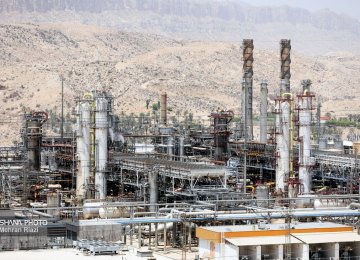
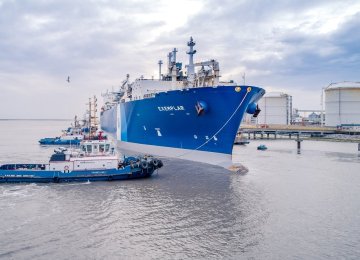
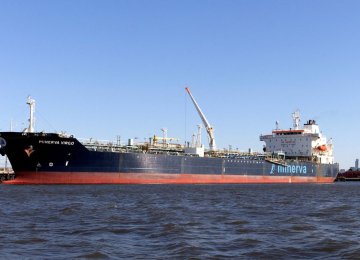
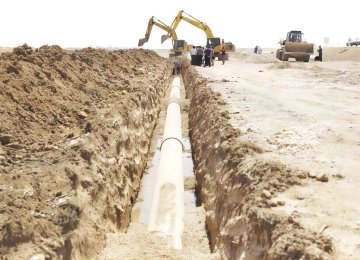
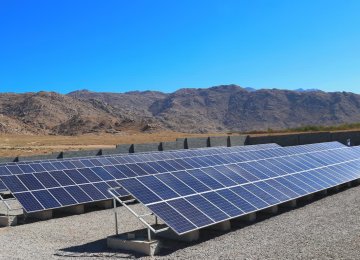


Add new comment
Read our comment policy before posting your viewpoints